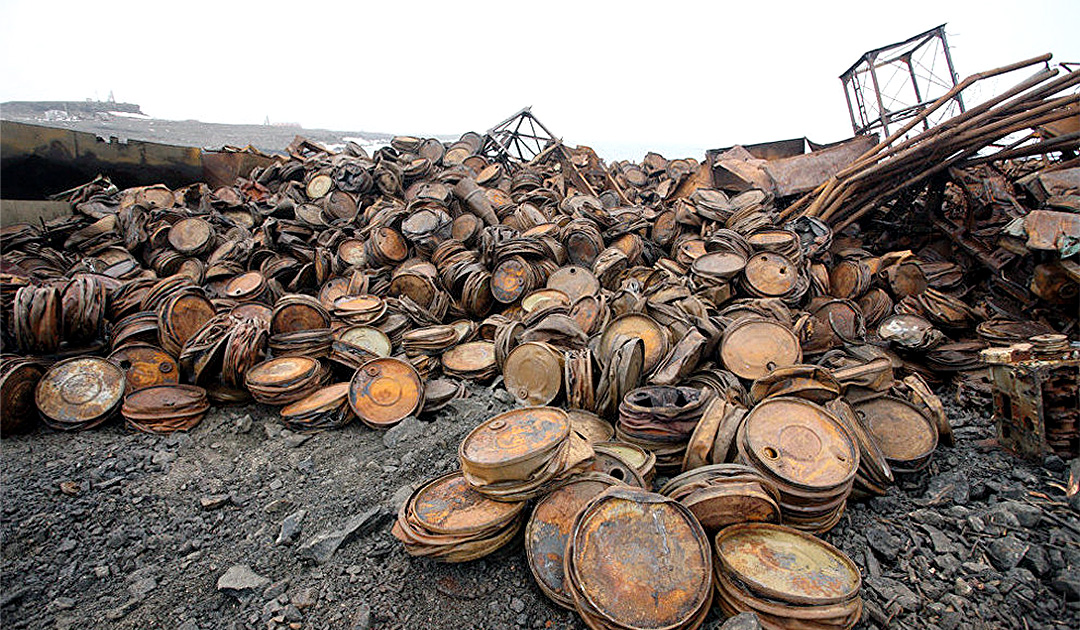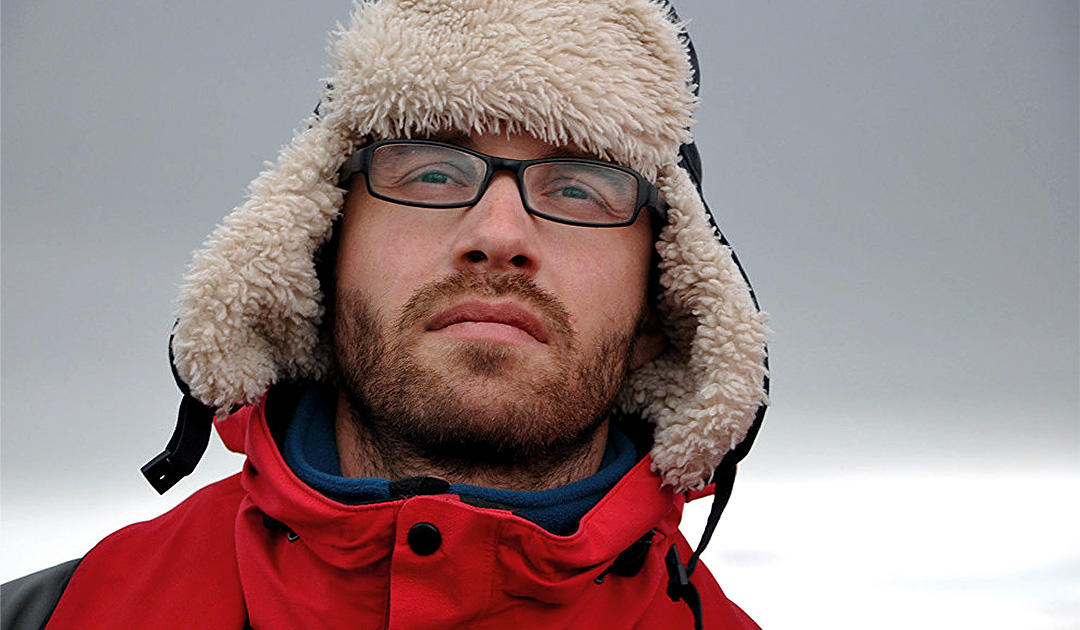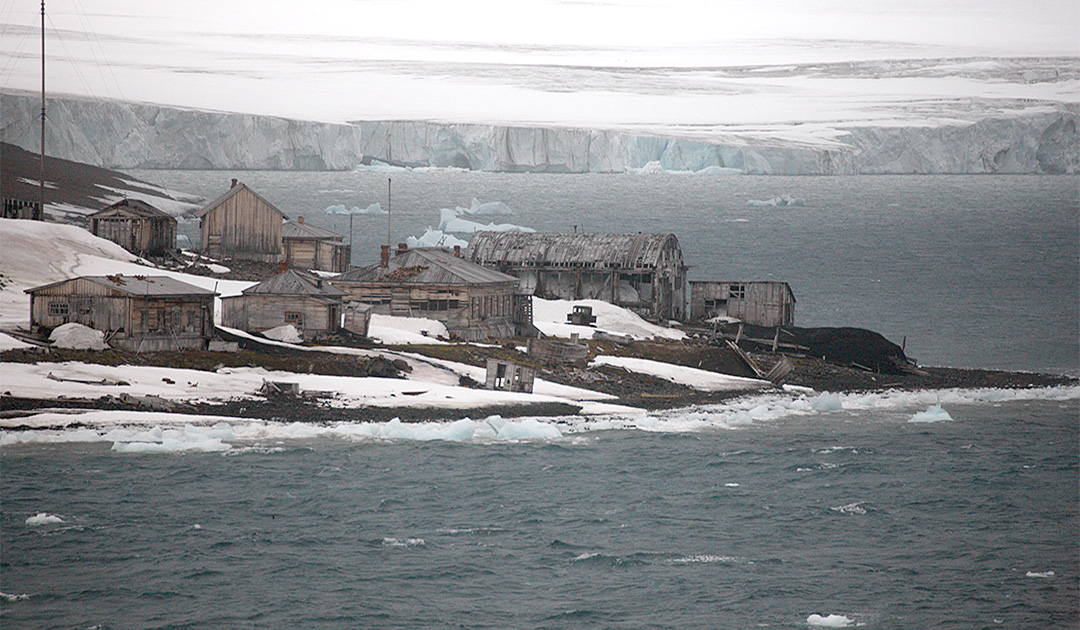
More than 9,000 tons of waste remain to be removed from the territory of the Russian Arctic National Park in the Arkhangelsk region, as reported by the Russian news agency TASS. According to results of geoecological studies, the waste is mainly located on the Franz Josef Land archipelago, the park’s director, Alexander Kirilov, said last week. Already, more than 45,000 tons of waste have been removed from Franz Josef Land between 2012 and 2017.

“At the moment, a little more than 9,000 tons of garbage remain in the park and need to be removed,” Kirilov added. “However, we don’t know that for sure yet. Back in 2017, we conducted a geoecological survey of the area to see how much trash was removed and how much is still there.”
Cleanup on Franz Josef Land began in 2012, and more than 45,000 tons of trash were removed from the archipelago between 2012 and 2017. According to the results of the geoecological survey conducted in 2017, the cleanup was about 89% complete. Practically completed were missions on the islands of Alexandraland, Hooker, Heiss and Graham Bell Islands, which are part of the archipelago. A cleanup is pending on Rudolf and Hoffman Islands.
The Russian oil company “Rosneft” and the “Russian Arctic National Park” launched the joint overall Clean Arctic project in 2019, which continued in 2020. The project task is to estimate the pollution of Franz Josef Land after the development of the Arctic by the USSR. Work to analyze oil-contaminated soils on the islands where cleanups were conducted continued in August 2021.

About the Russian Arctic National Park
The Russian Arctic National Park is Eurasia’s northernmost and Russia’s largest nature reserve. It includes the archipelago of Franz Josef Land and the northern part of the archipelago of Novaya Zemlya. Tourists can visit the national park aboard cruise ships along the Northern Sea Route. In combination with Spitsbergen, Franz Josef Land is also offered by some shipping companies. Franz Josef Land is regularly called at during the voyage with the nuclear icebreaker from Murmansk to the North Pole.

Clean Arctic collected 120 tons of scrap metal on Novaya Zemlya
Clean Arctic volunteers collected and prepared 120 tons of scrap near a weather station on Yuzhny Island in Novaya Zemlya for transport during six weeks. Mostly they were barrels, which they sawed, pressed and packed,” informed the press service.
Five volunteers have been working on the Novaya Zemlya archipelago since the end of August. They collected waste that accumulated there during the period of active development of the Arctic. Near the weather station, which has been in operation for over 120 years, they collected mainly barrels of lime, motor oil and gasoline. They also found a pressure chamber, all-terrain vehicle chains, telescopic antennas, and a rudder blade from an old ship. However, there is practically no plastic waste on the archipelago.
The area around the weather station is swampy, and those involved in the project often had to literally pull the barrels out of the swampy ground.
Heiner Kubny, PolarJournal





